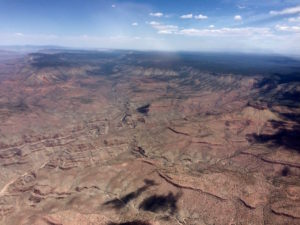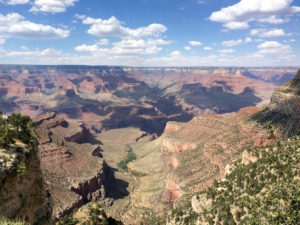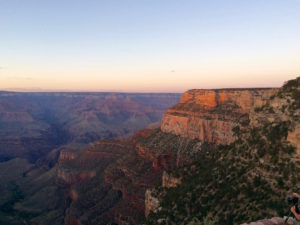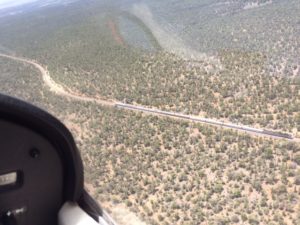Pick your prime meridian
June 17th, 2017 at 6:30 pm (Planets, Spacecraft)
On Earth, the line of zero degrees longitude runs through Greenwich, England. What about other planets?
Unlike latitude, longitude has no physically defined starting point. Zero degrees of latitude is at a planet’s equator and is easy to establish from the body’s rotation (although as noted by Wikipedia, technically it also depends on the “reference ellipsoid” chosen to model the body). In contrast, zero degrees of longitude can be wherever you want it to be. However, change it with caution: any modifications mean that all of your previous maps and published locations have to be updated!
This happened on Mars. Originally (1830), the line of zero degrees was set to be a point in a dark region that was 40 years later named (due to its utility) Sinus Meridiani (get it?).
In 1969, it was decided to change the prime meridian to go through a specific crater named Airy-0 (a smaller crater inside a bigger one named Airy). This was thanks to the higher resolution images that the Mariner 9 spacecraft generated, enabling the selection of a smaller, more precise, reference point. Each time we send higher resolution cameras to Mars, we get to see more and more details of this crater:

Airy-0 (top crater in each image) as seen by (A) Mariner 9 in 1972,
(B) Viking 1 in 1978, and
(C) Mars Global Surveyor in 2001.
However, this crater is still large enough (500 m across) to not be a very satisfying reference point to measure distances to other features. If you use a yardstick to measure that distance, where inside Airy-0 should one end of your stick go? You want your reference point to be as small as possible so that everyone measures distance the same way.
What do we have on Mars that is very small but very recognizable? Our landers!
But we don’t want to pick a new prime meridian. If we did, we’d have to change all our maps and localized data — a huge and infeasible task.
Instead, Mars cartographers did something very clever. They kept Airy-0 as the 0 point, then carefully calculated the longitude of the Viking 1 lander with respect to the center Airy-0. Why that lander? Because it’s been there the longest, so it provides a consistent reference point for all data going back to 1976. At the time Viking 1 landed, its location was known only to within 0.1 degree (~6 km). Its location is now known much more precisely. I was unable to find the exact number, but it’s at least an order of magnitude better. So today, all longitudes of Mars surface features or objects can be calculated with reference to the Viking 1 lander (at 48.222 deg W, not 0), enabling much higher precision in localization!

Viking 1, the lander that keeps on giving
This issue has become even more challenging with the discovery of exoplanets – including some for which we are starting to make maps. How shall we pick their prime meridians, without being able to see surface features?
 To do this, Jim created a colorful little story.
To do this, Jim created a colorful little story. 



 The winds were a little odd when we arrived – crosswind and gusty, and mildly favoring runway 8, which points into a forested area, as opposed to runway 26, which points into a lake (which therefore poses fewer obstacles). See image at right for what it looks like approaching runway 8 (image credit
The winds were a little odd when we arrived – crosswind and gusty, and mildly favoring runway 8, which points into a forested area, as opposed to runway 26, which points into a lake (which therefore poses fewer obstacles). See image at right for what it looks like approaching runway 8 (image credit